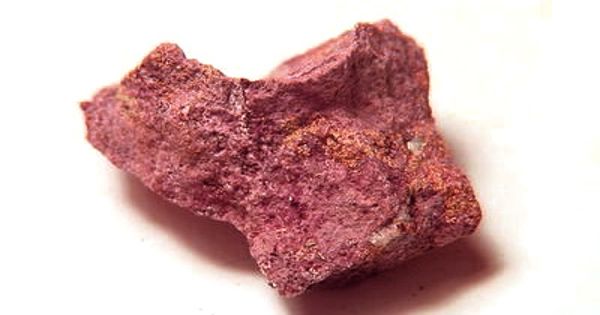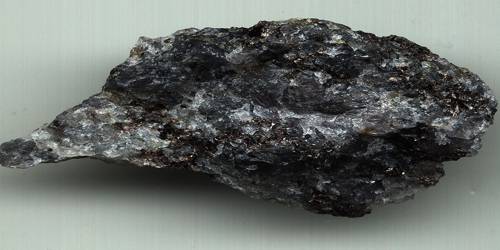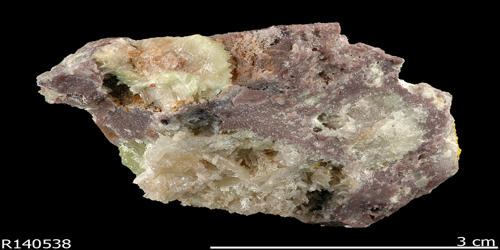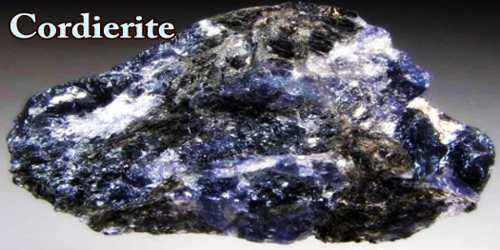Mosesite is a very rare mineral found in few locations. It is a mineral consisting of a hydrous nitride of mercury with other anions and water exchangeable within wide limits. It is a mercury mineral found as an accessory in deposits of mercury, often in conjunction with limestone. It is known to be found in the U.S. states of Texas and Nevada, and the Mexican states of Guerrero and Querétaro.
Mosesite is a mineral consisting of a hydrous nitride of mercury with other anions and water exchangeable within wide limits.
It was named after Professor Alfred J. Moses (1859–1920) for his contributions to the field of mineralogy in discovering several minerals found alongside mosesite. The mineral itself in various shades of yellow and a high occurrence of spinel twinning.
General Information
- Category: Halide minerals
- Formula: (Hg2N)(Cl, SO4, MoO4)·H2O
- Crystal system: Cubic
- Crystal class: Hextetrahedral (43m)
- Color: Lemon-yellow, canary-yellow.
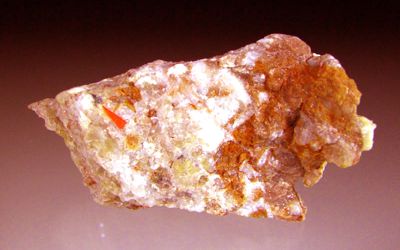
Properties
It is brittle with a hardness of 3.5. The powdered form retains its color streaking a light yellow. It has an adamantine luster officially ranges in color from lemon yellow to canary yellow. Mosesite reacts chemically with HCl leaving a residue of HgCl.
- Crystal habit: Octahedral, cubo-octahedral, cubic
- Twinning: Twin plane {111}
- Cleavage: Imperfect {111}
- Fracture: Uneven
- Tenacity: Brittle
- Mohs scale hardness: 3.5
- Luster: Adamantine
- Streak: Very light yellow
- Optical properties: Isotropic
- Solubility: Changes to a white substance in cold HCl
Occurrence – A rare secondary mineral formed at low temperature in hydrothermal mercury deposits
Mosesite is a rare mineral with localities in only the United States and Mexico and is found occurring as a secondary mineral in low-temperature mercury-bearing hydrothermal deposits. Discovered in a mercury mine in Terlingua, Texas, mosesite has also been seen in Nevada and Mexico. Mosesite is a secondary mineral formed at low temperatures in hydrothermal mercury deposits. The mercury ore at the mine in Huahuaxtla is aligned with ribs of brecciated limestone that formed along a shallow angle fault plane.
Association: Calcite, cinnabar, metacinnabar, mercury, eglestonite, kleinite, terlinguaite, montroydite, calomel, gypsum.
